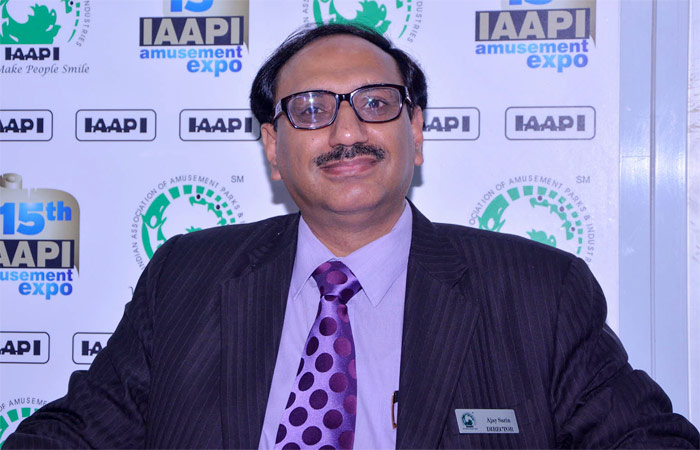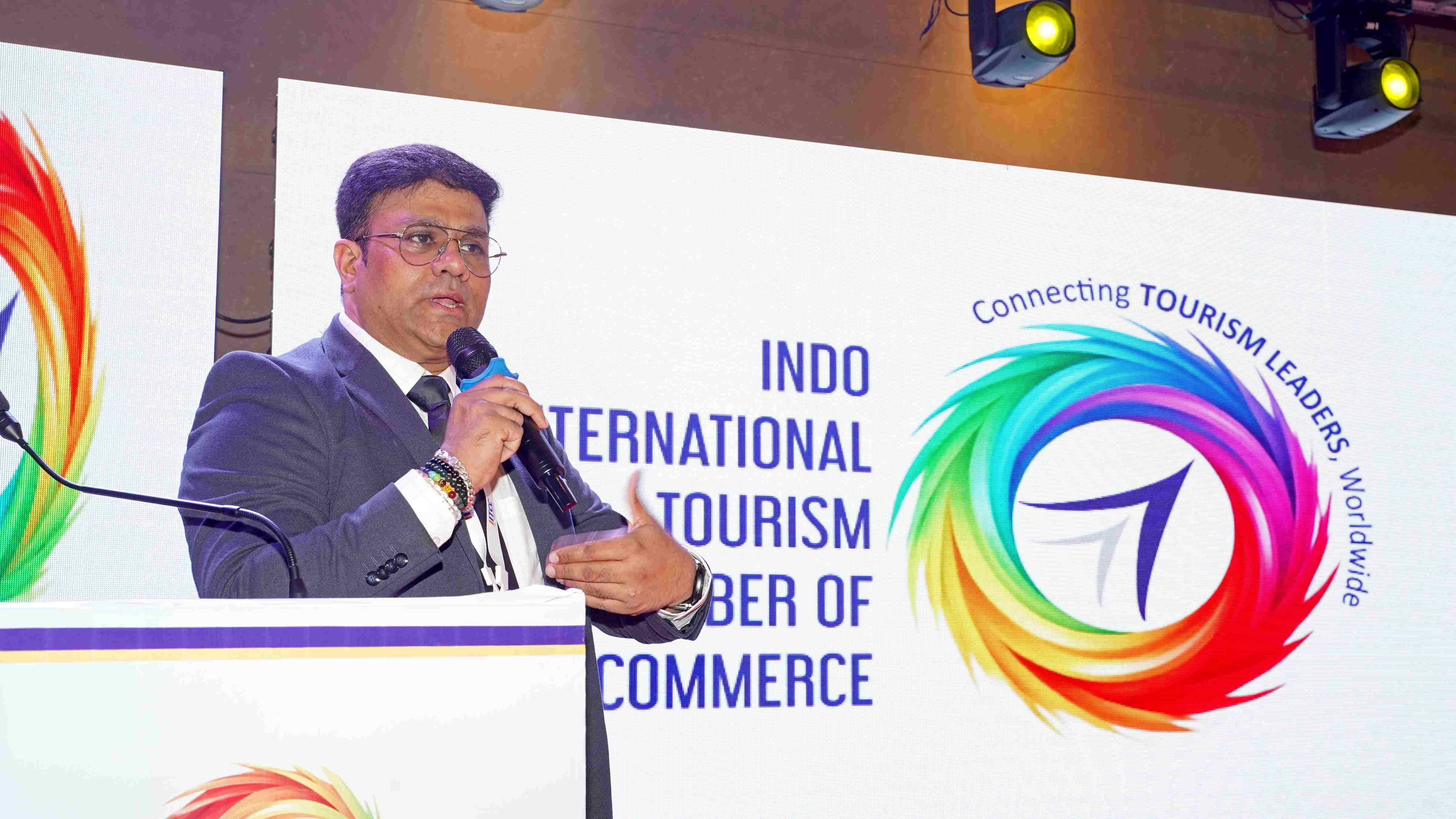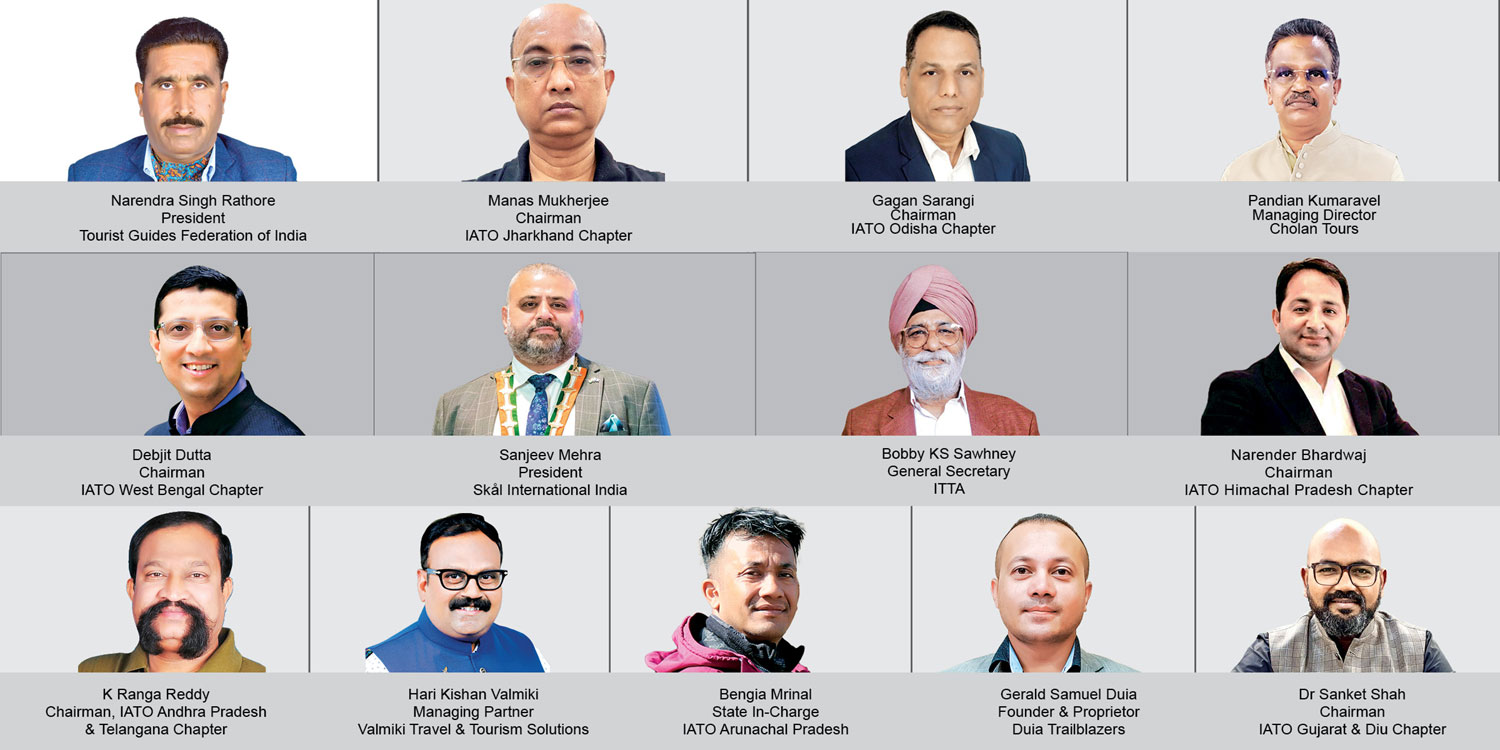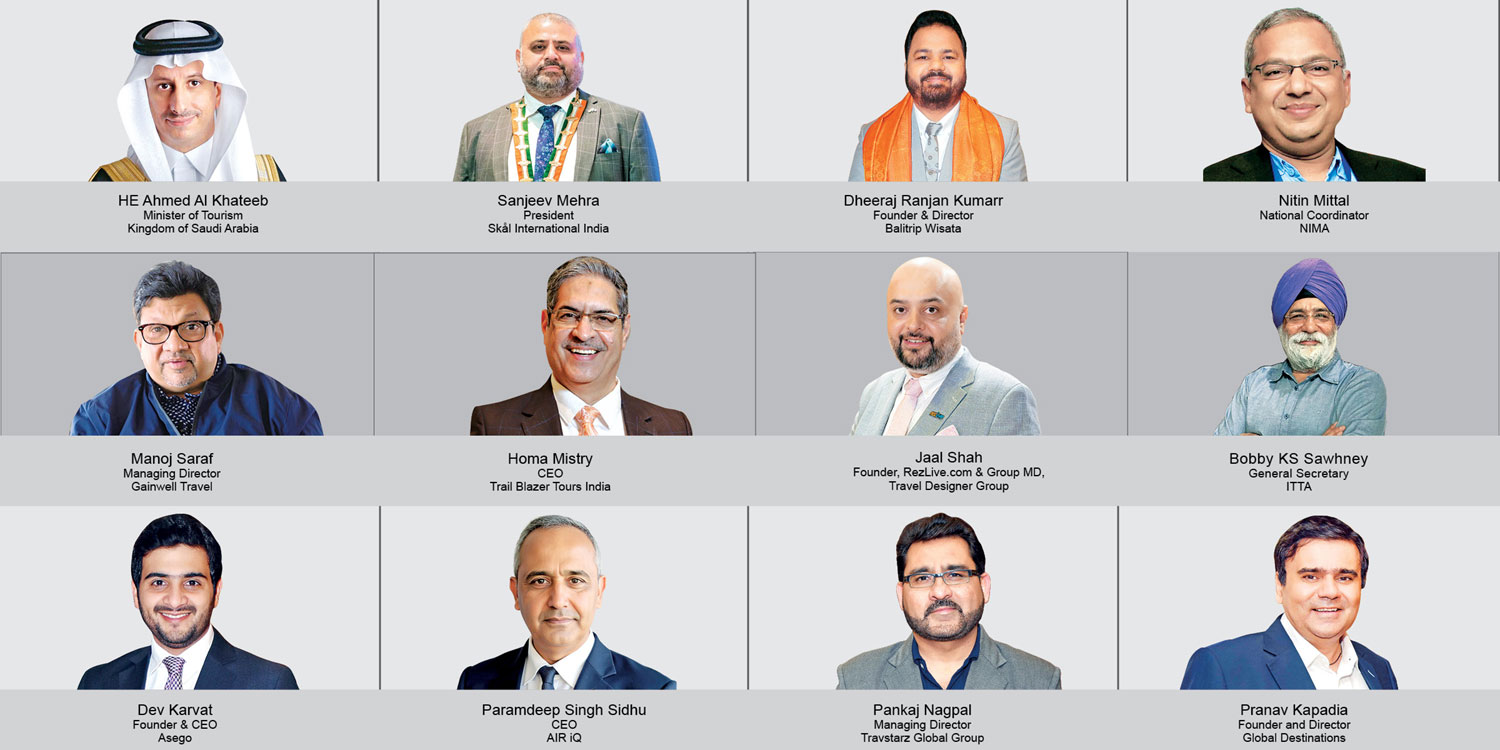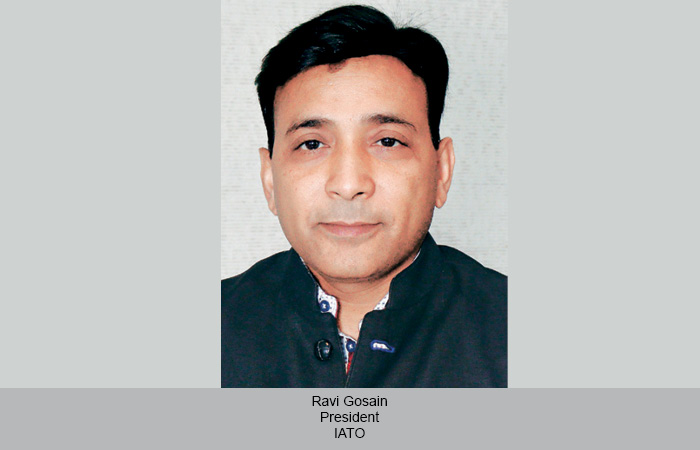Double taxation on the amusement industry has led to low footfalls, laments Ajay Sarin, President, Indian Association of Amusement Parks and Industries (IAAPI).
High taxation levels have been a burden to the whole industry and its consequences have not spared even the amusement sector. The implementation of service tax in the Union Budget 2015-16 that came into effect last year, has had a cascading effect on the Indian Amusement industry, Sarin reveals. “Double taxation has hampered the growth of the Indian amusement industry as footfalls to the parks have reduced drastically because of increase in tickets rates. Amusement parks are visited mostly by families with about four to six members, and since they find the price very high, they look at other sources of entertainment. The high rate of taxation is dissuading new entrepreneurs from entering the industry with new formats and additionally preventing current industry players from adding both capex and new centres. Entrepreneurs, thus, are seeking to explore other investment avenues,” he comments. The state government levies an entertainment tax which varies in states. In addition, the amusement sector was imposed a service tax of 15 per cent and unlike any other sector the high operation cost, man power cost to render services available to set off the service tax paid is negligible, according to Sarin. Keeping in mind these concerns, IAAPI is hoping for a sensible GST rate to neutralise these setbacks and reiterates the fact that global markets where GST has been introduced, the tourism rate is half of the GST rate and under 10 per cent. Sarin highlights, “Everyone recognises the GST rate as very crucial. It is important to stimulate tourism demand because it has an economic multiplier effect on GDP and on sectors like jobs. The CAGR generated in Asian countries is 5.1 per cent with a worldwide CAGR of 2.1 per cent (North America 2.7%, Europe 0.8% & Latin America 2.8%) which is higher as compared to other countries. There is huge potential here.” Sarinemphasises that a rational tax structure for the industry will help in increasing footfalls to the amusement park whereby revenues will not be affected because increase in ticket sales will help in collection of more tax. “Amusement park operators can have dynamic pricing structure to attract more footfalls. This scenario will attract FDI in Amusement sector which is currently negligible and encourage international players to invest in India.”
 TravTalk India Online Magazine
TravTalk India Online Magazine

